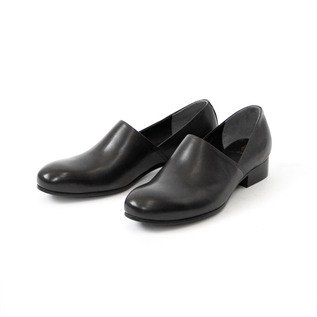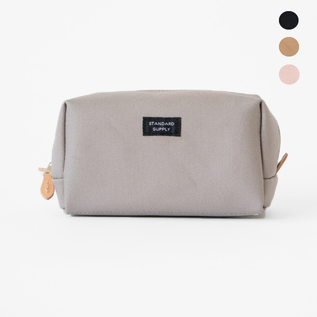- トップページ/
- Gifts by scene/
- Gifts for new life/
- WATCH ALBA STANDARD SOLAR
WATCH ALBA STANDARD SOLAR
A watch with ultimate ease of use
The ALBA Riki Standard Solar watch has a basic design that emphasizes the "watch quality" because of the popularity of smartphones and smart watches. While imagining the beautiful movements that can be confirmed with a wristwatch, it is a simple, easy-to-use, genderless watch that can be used by anyone in their daily lives.
After the war, when the word “design” had not yet taken root, the value of Japanese craftsmanship was reconsidered, and the question of what a better life would look like was pursued. Inheriting the spirit of Riki Watanabe, a product designer who lived in such an era, and placing value on "things that can be used for a long time," Riki's watches are made in Japan with a focus on reliability. Although it has a design that is loved over time, it seems to be a talisman that you want to wear at all times, as it is the closest to the "now" of the person who uses it.
Treasuring quality items for a long time
The watch ALBA Riki Standard Solar, which features a straight and clean shape, is a sustainable specification that does not require battery replacement as the dial absorbs light to charge and move the clock. A dial with Arabic numerals typical of Riki and a leather band with a basic design are used, and a special printing method is used to add thickness to increase visibility and make it look three-dimensional. Precisely because it is simple, the details give it an expression and make it a lively watch.
The band comes in 3 colors, “AKQD401/RED”, “AKQD402/CAMEL” and “AKQD403/BROWN”, which are popular among Riki, and has a modern design without stitching. Each case is a combination of high-class silver, gold, and pink gold, making it easy to use on a daily basis. The color of the glossy dial and numbers has also been finely adjusted to create a gentle and warm impression that is easy to see when worn on the wrist and fits in with modern life. Easy to put on and take off with a one-push buckle, this watch is easy to use for anyone.
No matter what scene you use it, it will continue to gently accompany your life, so I think it will be appreciated as a gift for your loved ones, or for those who want to choose simple and high-quality items.
Master of Industrial Design
Designer Riki Watanabe was a pioneer who brought innovation to the dawn of post-war Japanese design.
In the 1940s, when design was not yet commonplace, he created numerous masterpieces based on the origin of design and function. Watch design can be said to be Mr. Watanabe's lifework, and he has created many watches that are loved over time based on the design base that the appearance must be light no matter how thick the letters and hands are used.
In addition, in modern times, we often come into contact with Riki Watanabe's designs in our daily lives, and in addition to watches, I have been involved in many product designs for hotel interiors, chairs, furniture, service facilities and public places. rice field.
“Interior design can also be considered to enter the world of “fiction” like stage equipment. However, the space and time created by the stage and the actors must be something that transcends fiction for the audience. I can't help but look at the fiction. ] Japanese designer Riki Watanabe who left these words. Watanabe Riki's items, which were designed by a designer who remained active until his death at the age of 101, are engraved with Mr. Watanabe's "Riki" signature and his passion for design.
| Size | Band
Width: 1.2cm Length: 21.2cm Case Outer diameter: 2.7cm Thickness 0.7cm |
| Weight | 27g |
| Drive system | Solar |
| Material | Case: Stainless steel case
Band: Cowhide leather (calf) strap Glass: Glass |
| Specification | Reinforced waterproof for daily life (5 atm)
Overcharge prevention function With calendar (date) function |
| Accessories | Manufacturer's warranty, Instruction manual |
| Counrtry of origin | Movement: JAPAN
Case: CHINA |
| Gift box | This product would be packaged in a gift box. |
After follow
-
- Manufacturer warranty period: 1 year after purchase
- During the one-year warranty period after purchase, in the unlikely event that the product breaks down during normal use, repairs and adjustments can be made free of charge. Please contact the manufacturer if repair is required.
- Please keep the attached manufacturer's warranty and the ZUTTO invoice that came with the product at the time of purchase.
Notice
-
- Once a month, charge the watch by exposing it to sunlight for 5 to 6 hours by a window. Please refer to the instruction manual for the approximate charging time.
- Although the watch is waterproof for everyday use, please be aware that water may enter the watch if you take a shower with high water pressure or hit the tap water that comes out of the faucet.
- Please read the instruction manual/warranty carefully before using.
ブランド紹介
WATANABE RIKI
Mr. Watanabe was born in Tokyo in 1911.
After graduating from the Tokyo Higher Polytechnic School and the Wood Crafts Department, Riki Watanabe worked as an assistant professor at his alma mater and then became an assistant forestry subject at the Tokyo Imperial University (currently the University of Tokyo).
After the world war II, he became a freelance designer and attracted attention from both home and abroad with the “string chair” announced in 1951.
In 1957, "Triis Tool", which is a representative work, won the Compassodolo Award at the Milan Triennale. In addition, he is one of the leading designers in Japan and has won numerous awards, including the New Architecture Award of the New Production Association Exhibition, the Gold Prize of the Milan Triennale Exhibition, the Minister of International Trade and Industry Award, the Mainichi Industrial Design Award, and the Good Design Award. In addition to starting with the former Tokyo Hilton Hotel, he worked on over a dozen hotels and was deeply involved in the establishment of the Japan Design Committee, JIDA, Craft Center Japan, Tokyo Zokei University, and interior design departments.
| 商品 | 価格(税込) | 在庫 | 個数 | |
|---|---|---|---|---|

|
¥17,600(税込) |
△
残り1点 |
||

|
¥17,600(税込) |
△
残り2点 |
||

|
¥17,600(税込) |
△
残り2点 |
Added to cart
腕時計 ALBA リキ スタンダードソーラーには、他にもこんな仲間がいます
-
WATANABE RIKI
WATCH ALBA KASANE IRO 36MM¥12,650(税込)
-
WATANABE RIKI
WATCH ALBA KASANE IRO 28MM¥14,300(税込)
-
WATANABE RIKI
ALBA WATCH AKPK426¥11,550(税込)
腕時計 ALBA リキ スタンダードソーラーを見た人はこんなアイテムも見ています
-
DUFA(ドゥッファ)
DUFA WATCH GROPIUS 2HANDS SET¥46,200(税込)
-
HELEN MOORE
SCA ASYMETRIC SCARF¥11,000(税込)
-
MALFROY
SILK TWILL SCARF¥21,780(税込)
-
SOKO
Necklaces¥12,800〜(税込)
-
OMBRE CLAIRE
Earrings¥7,700〜(税込)
-
OMBRE CLAIRE
ring¥9,350〜(税込)
-
janeke(ヤネケ)
TB50549 DBL Hair Band¥2,800(税込)
-
ao(アオ)
CREW NECK CARDIGAN¥14,300(税込)
-
chausser
chausser SLIP ON BL¥40,700(税込)
-
STANDARD SUPPLY
PLENTY POUCH M¥6,600(税込)







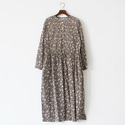













.jpg)



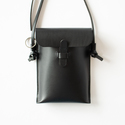




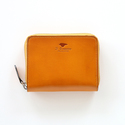
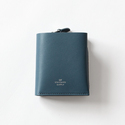
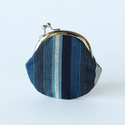
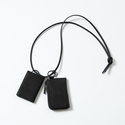
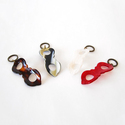
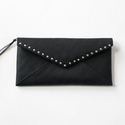
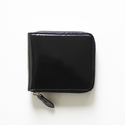


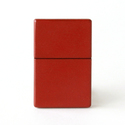
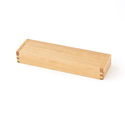
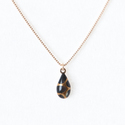




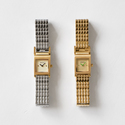

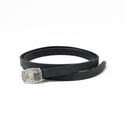
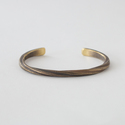

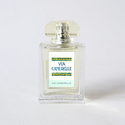


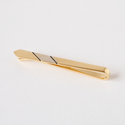





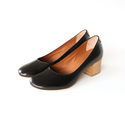



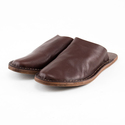
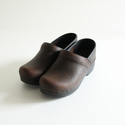

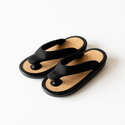

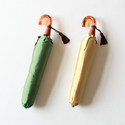
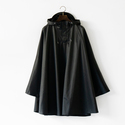


.jpg)




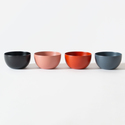
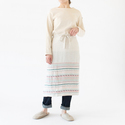
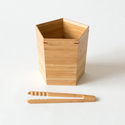
.jpg)


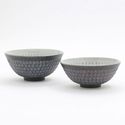
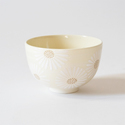


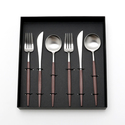
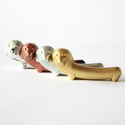

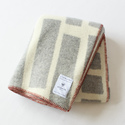
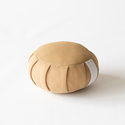
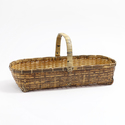





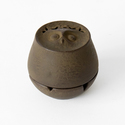




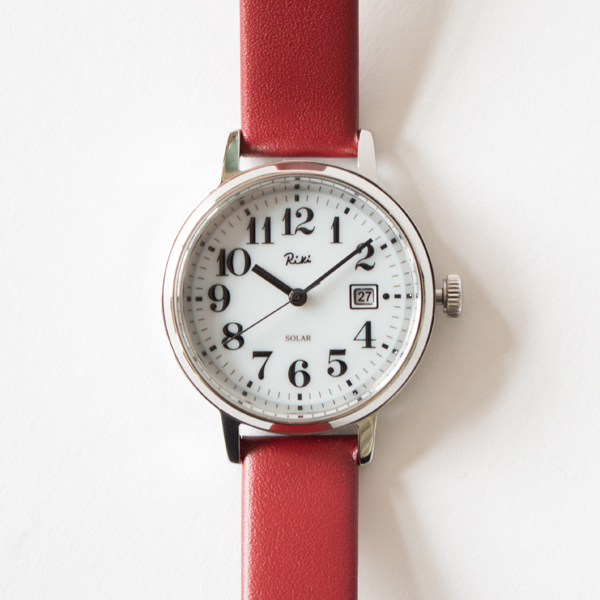
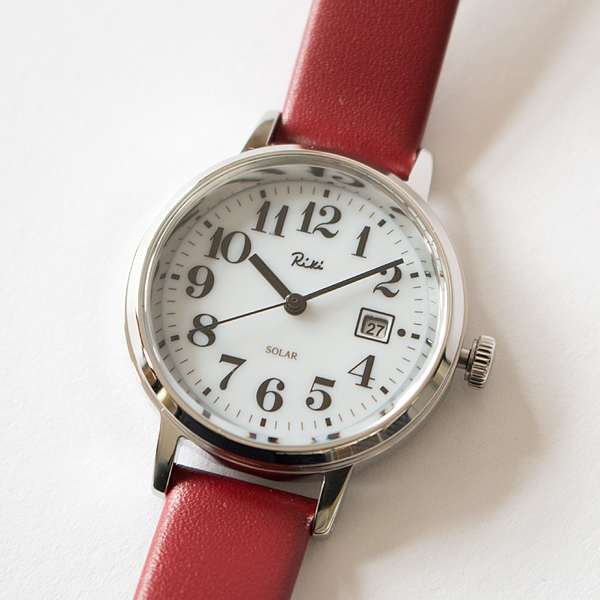
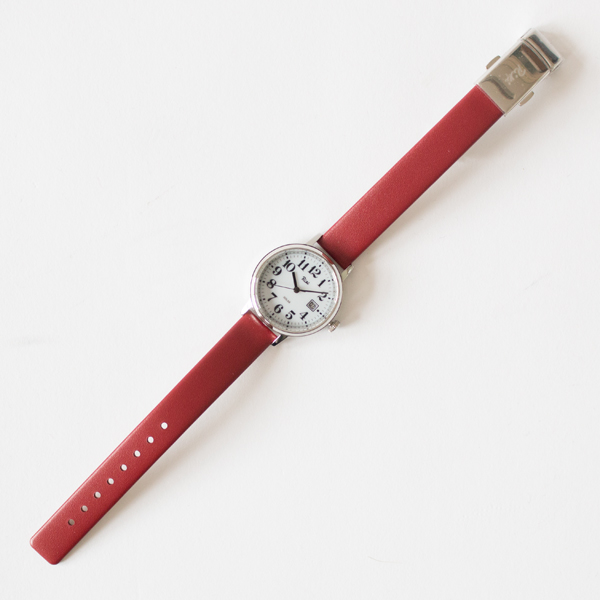
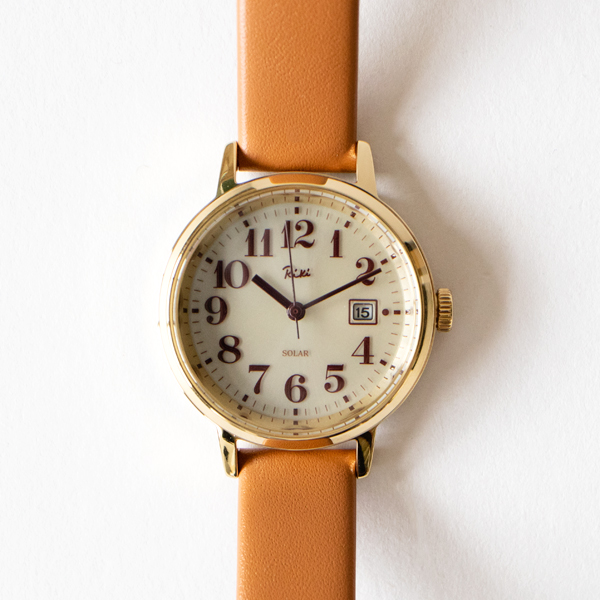
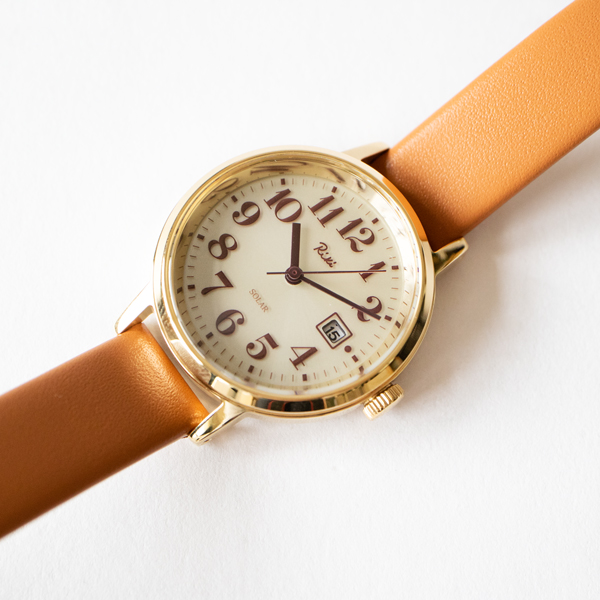
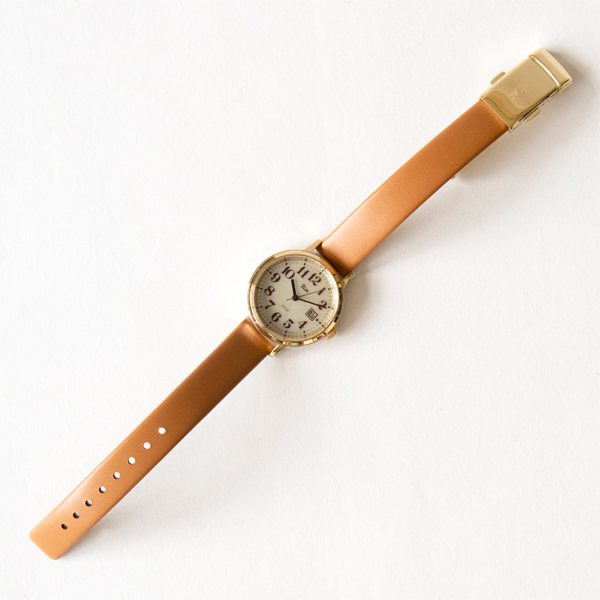
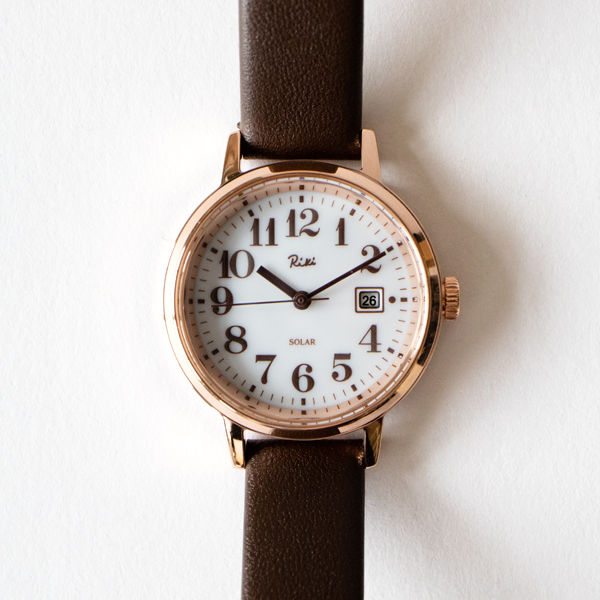
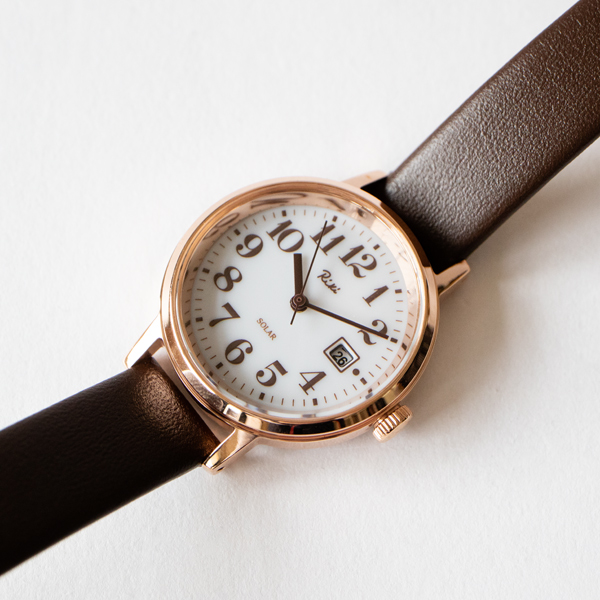
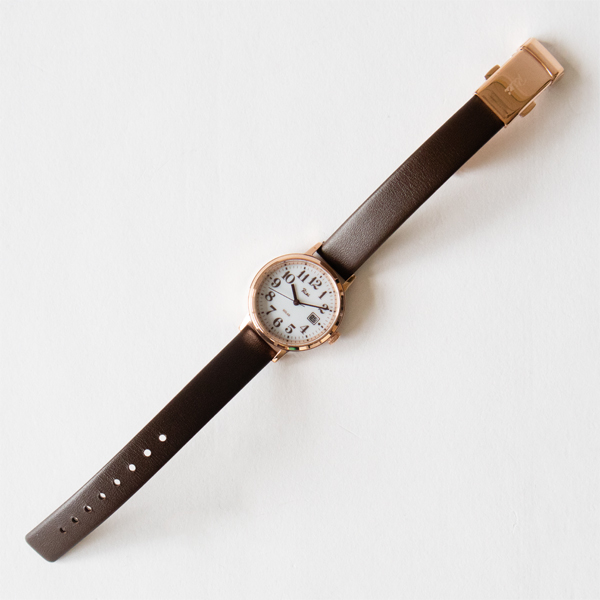
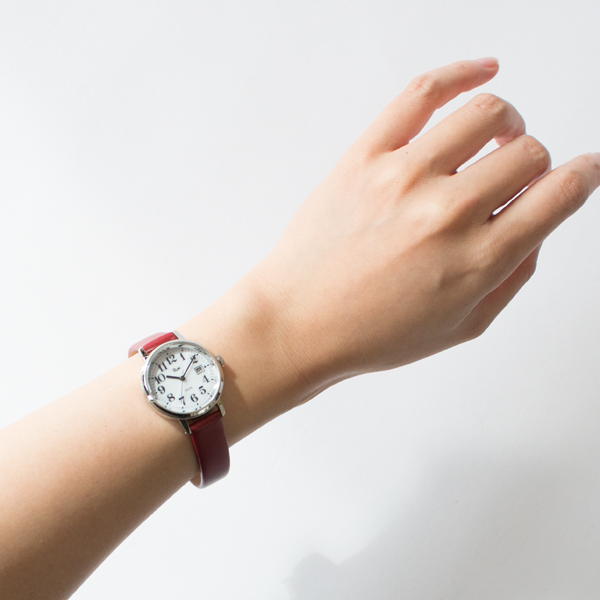

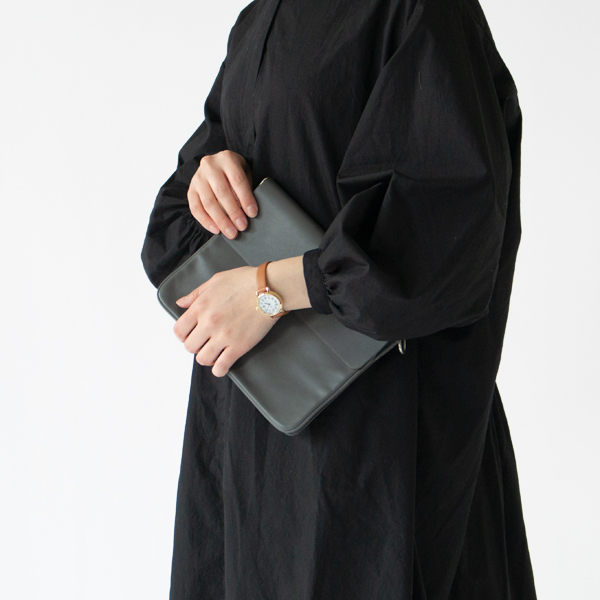

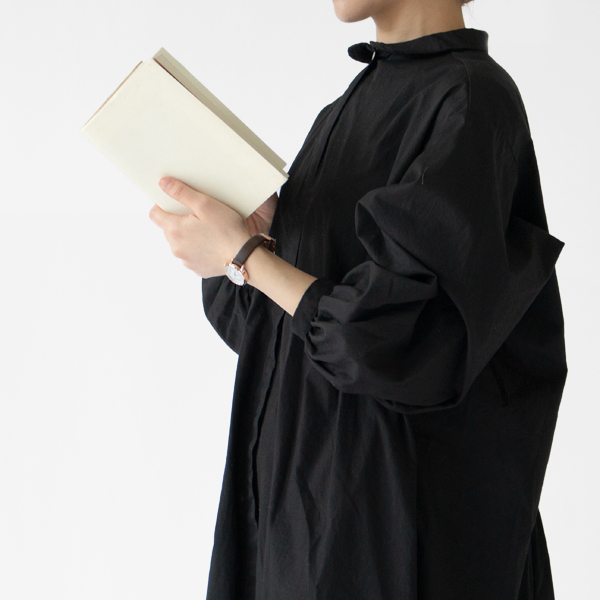
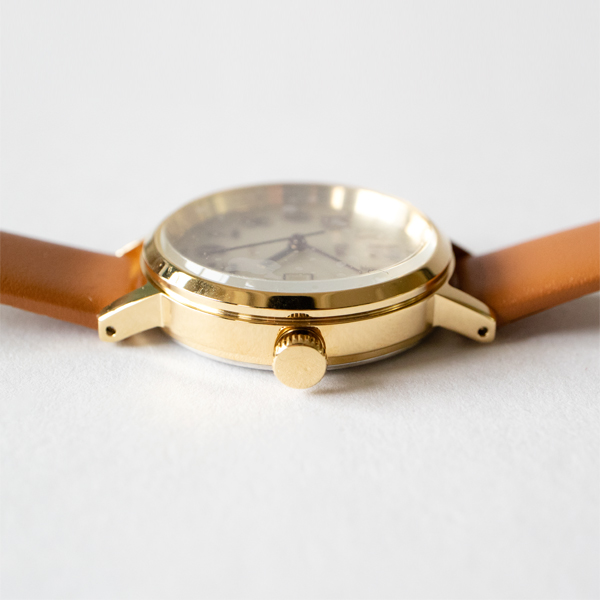
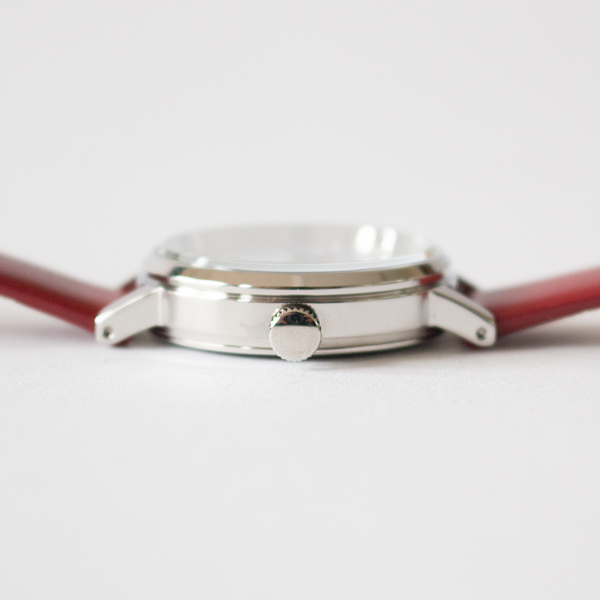
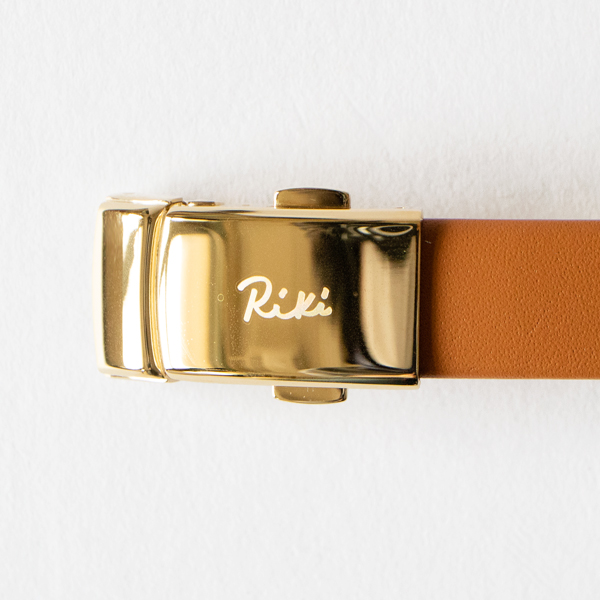
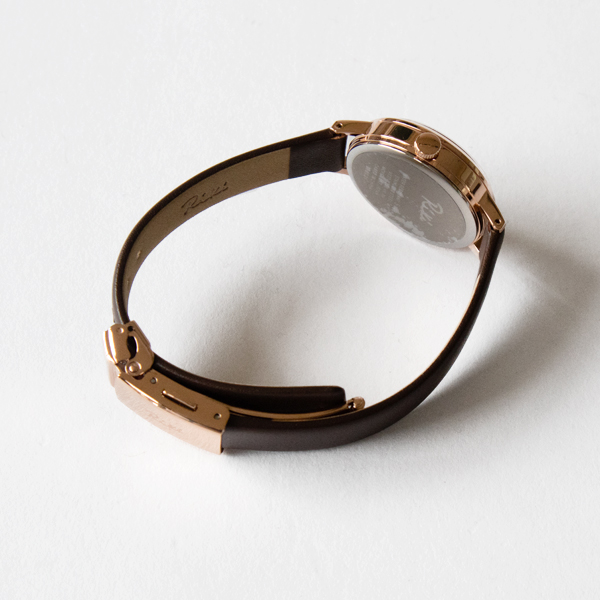
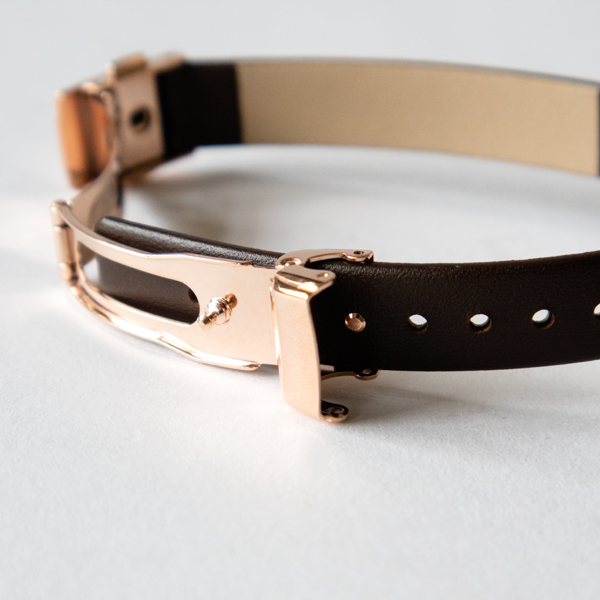
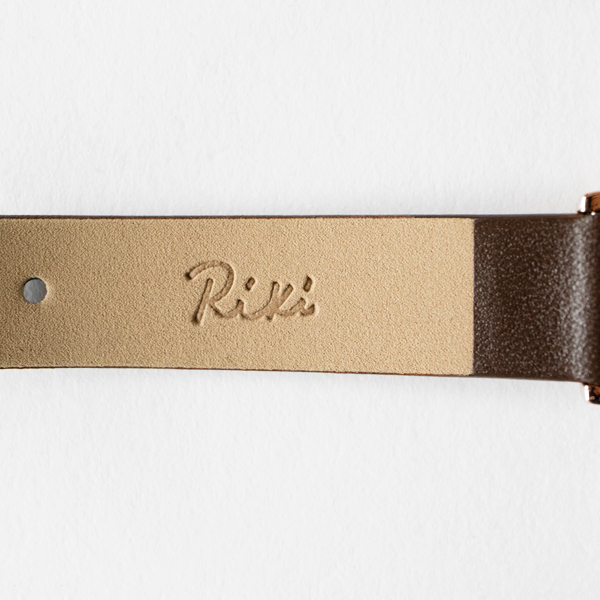
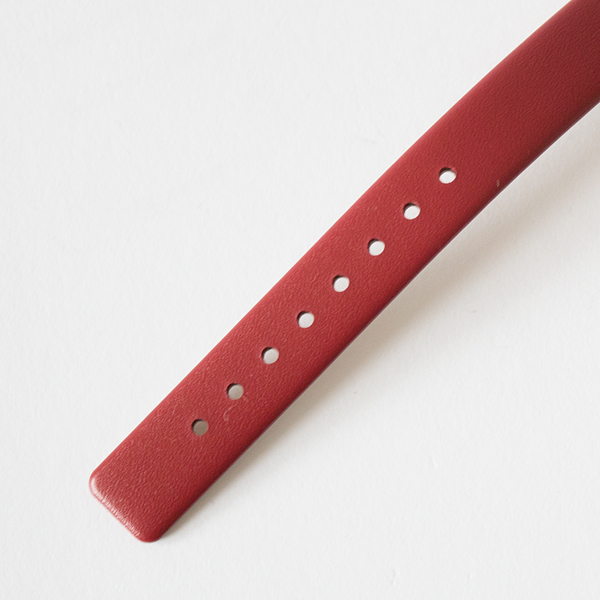
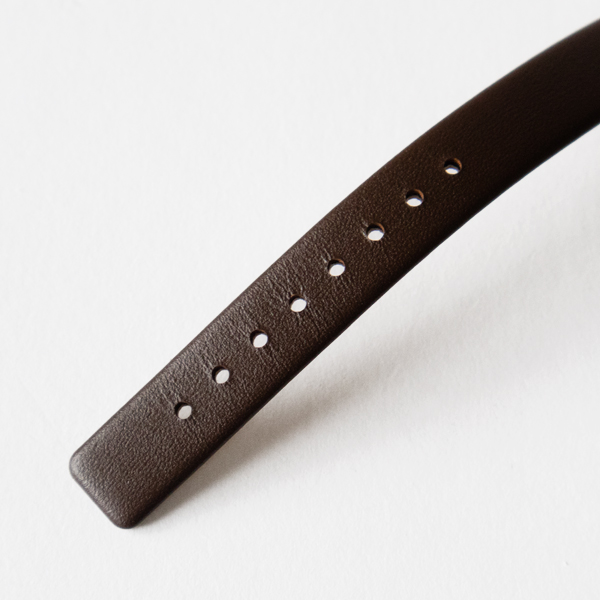
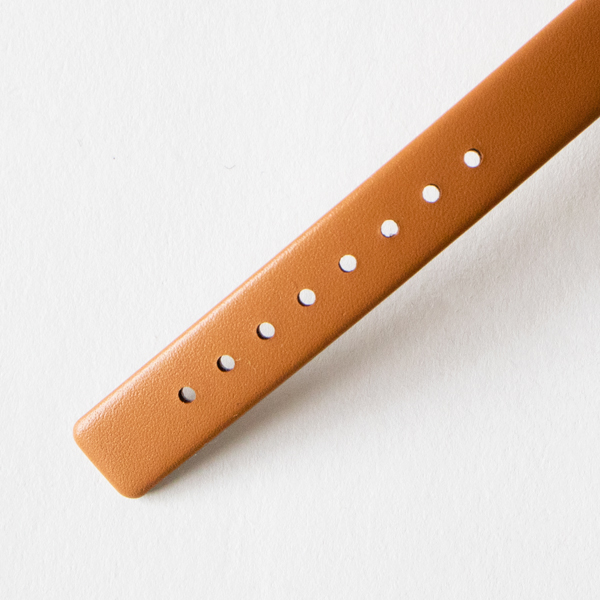













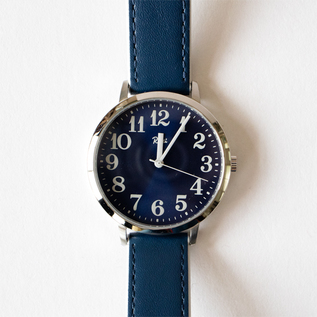
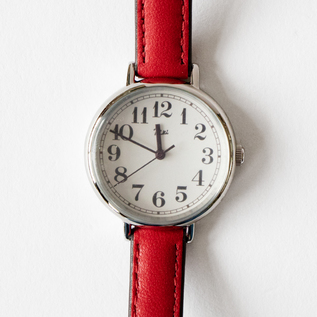
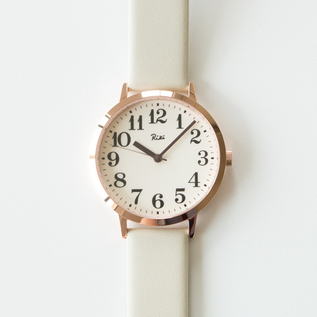
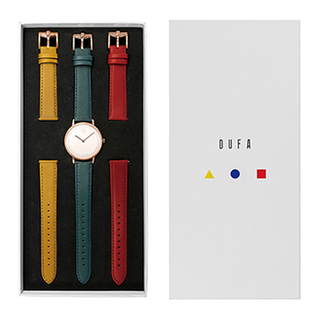

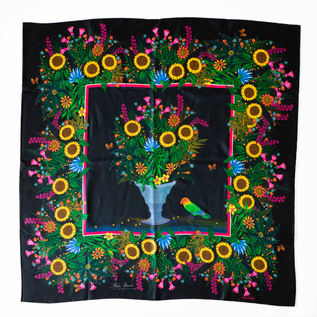
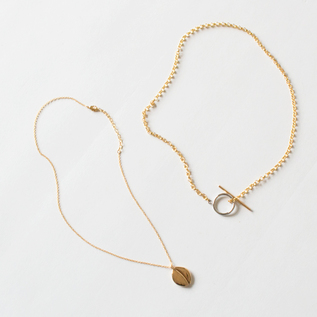
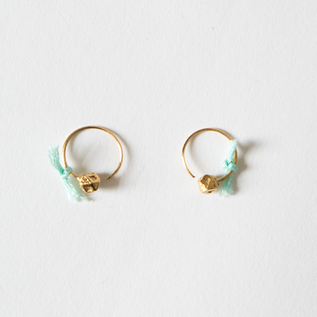
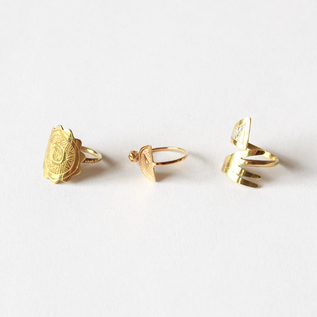
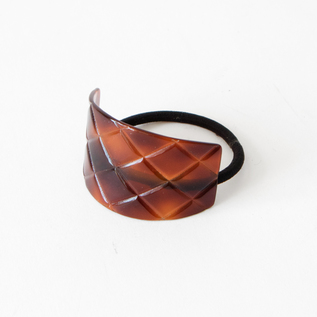
.jpg)
